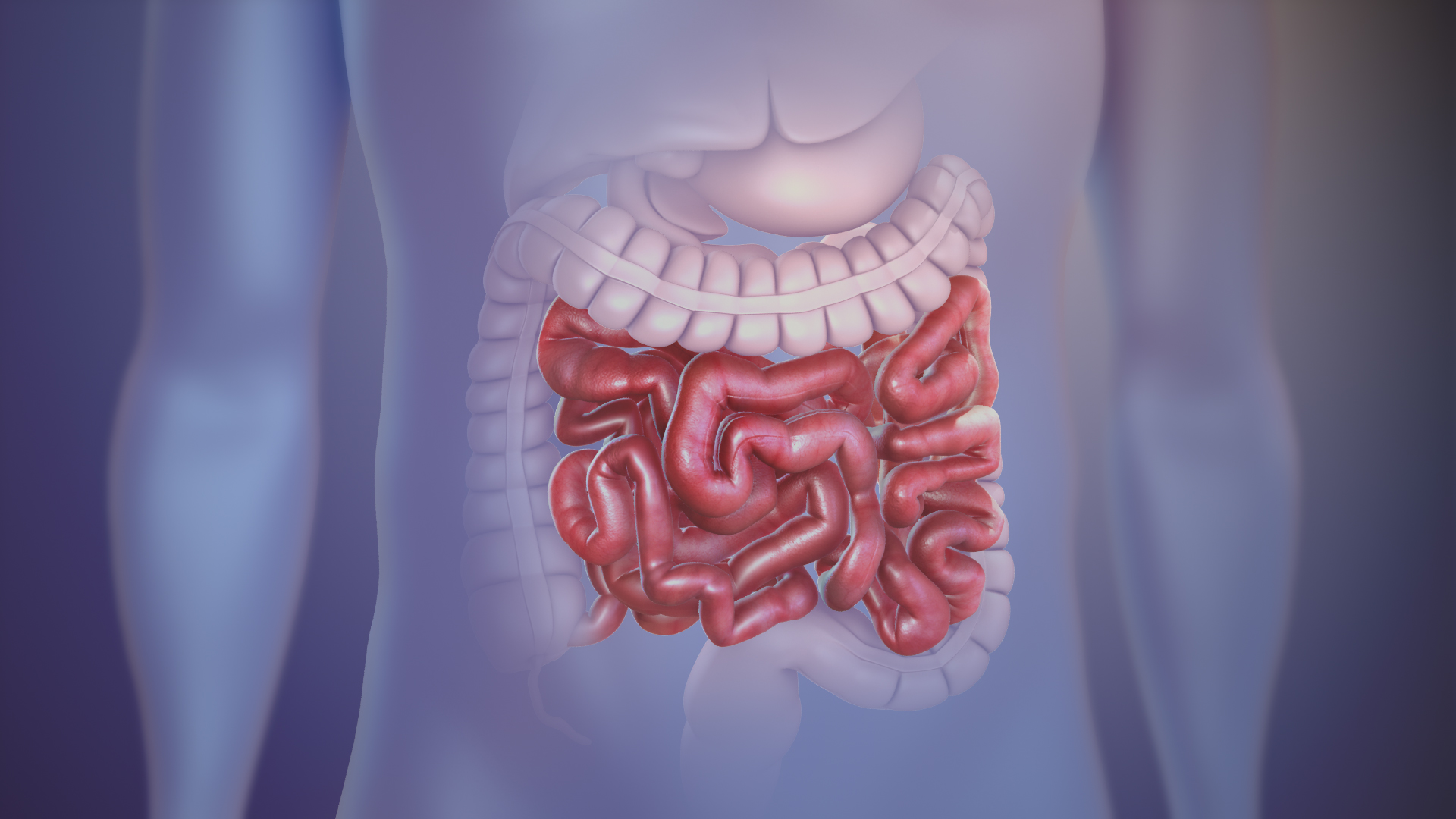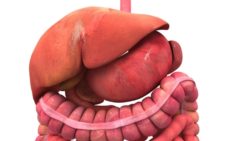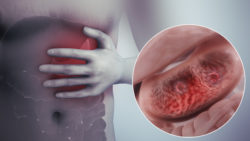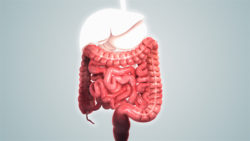The longest part of the digestive system is small intestine. It is approximately 20 feet long and folds multiple times to fit into the abdomen. The small intestine forms the gastrointestinal tract along with the large intestine, the esophagus, and the stomach. It connects the stomach to the large intestine.

3D Medical Animation still showing Small Intestine
Function of the Small Intestine
The main function of the small intestine is the absorption and digestion of food nutrients and minerals.The internal wall of the small intestine is covered in finger like tissue called villi. Each villi is covered in smaller finger like structure called microvilli. The villi and microvilli increase the surface area for absorption of nutrients. The small intestine has three distinct regions: duodenum, jejunum and ileum. These regions form a continuous tube and though have certain characteristic differences, there is no marked separation between them. The duodenum is adjacent to the stomach and is the widest and the shortest part of the small intestine. Ducts from the liver, pancreas and the gallbladder enter the duodenum to provide juices that help neutralise the acids coming from the stomach and to help digest the fats, proteins and carbohydrates. The jejunum is in the central part of the abdomen and is deep red in colour because of its extensive blood supply. Sugars, amino acids and fatty acids are absorbed into the bloodstream here.The ileum is located in the lower abdomen and its walls are thinner and narrower than those of the jejunum. It mainly absorbs vitamin B12 and bile acids as well as any other remaining nutrients. Passage of food through it usually takes around 3 to 6 hours.
Disorders in Small Intestine
Problems in it can lead to disorders such as celiac disease , crohn’s disease , intestinal obstruction, irritable bowel syndrome , ulcers, intestinal cancer, infections and intestinal obstruction. Treatment is prescribed depending on the cause of the disorder.
Disclaimer: The information in no way constitutes, or should be construed as medical advice. Nor is the above article an endorsement of any research findings discussed in the article an endorsement for any of the source publications.
References:

Digestive System: Role of Stomach and Small Intestine
The food begins its journey from the mouth where the tongue rolls it and teeth break it into pieces, while saliva softens it to begin the process of digestion. It further goes down the digestive system. Read More..

Various reasons for Stomach Ulcer
An ulcer is a break in the internal mucosal lining of an organ. An ulcer in the stomach is known as a gastric ulcer. Read More..

Diarrhea: Pathophysiology, Treatment, and Management
Diarrhea, as defined by WHO, is a condition of having at least three loose or liquid stools each day. ... Read More..








